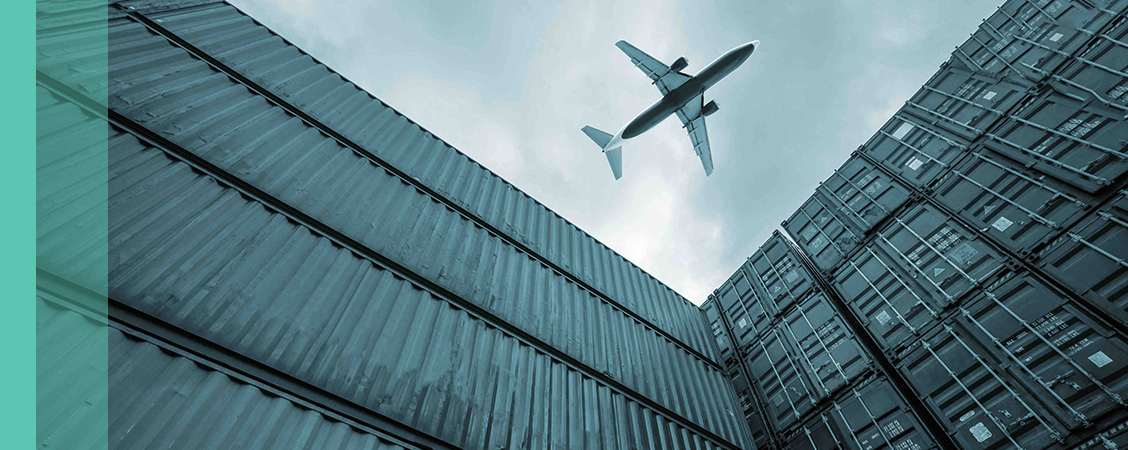Fund Updates
Covid-19 continues to impact on the global economy. Despite increasing vaccination rates, there has been a resurgence in infections in many countries, resulting in ongoing lockdowns. In July, South Africa (SA) was particularly hard hit with a third wave and a return to level 4 lockdown. While restrictions were not as draconian as the first wave, a number of sectors continue to be impacted, particularly those exposed to hospitality and tourism. 32% of the adult population have now received either the Johnson & Johnson, or at least one dose of the Pfizer vaccine.
While there is broad consensus that we will see a fourth wave towards the end of the year, the hope is that sufficient vaccines would have been administered to mitigate the need for a return to stringent lockdowns. In addition, it looks likely that SA will once again be open to a number of our key international tourist markets, which will provide a sorely needed boost to the domestic economy.
We highlighted some of the recent positive domestic political developments in our June commentary. This narrative has faded somewhat, and much of the goodwill that was starting to build was undone by the riots and looting that occurred in KwaZulu-Natal and parts of Gauteng in the first two weeks of July. Consumer confidence undoubtedly took a knock, but the accumulation in personal savings by those still employed will probably be put to use sooner or later. More importantly, though, these incidents have further dented already low levels of business confidence and will put the brakes on sorely needed direct investment by both domestic and international corporates. The incident has also increased the longer-term risk of losing skills due to emigration, something this country can ill afford.
Despite this, the domestic market managed to eke out a positive return of 3% (Capped SWIX) for the quarter, lifting the one-year return to 30% (still off a low base.) Much of the quarter’s performance was driven by financial stocks, with both banks and life insurers delivering double-digit returns. The resources sector was the laggard, returning -4%, largely driven by the platinum group metals (PGM) stocks. After three years of almost uninterrupted upward travel, the rand PGM basket retreated by 21% during the quarter, something worth noting, given the contribution this sector has made to both terms of trade and tax collection in previous quarters. The FTSE/JSE All Bond Index was up 40 basis points (bps) for the quarter and 12% over the past year, while the rand weakened 5% against the US dollar but is still 11% stronger than it was a year ago. Returns from global equity markets were weaker – the MSCI All Country World Index returned -1% for the quarter, although it is still up 27% over the past year.
Globally inflation is starting to rise, driven by higher energy prices, disruptions to supply chains and labour shortages in certain areas. The debate continues as to whether this is structural or simply a temporary phenomenon as the world gradually returns to normalcy. What is clear is that the extremely accommodative stance of central banks is likely to start winding down – for example, the US Federal Reserve Board (the Fed) has indicated that it is likely to begin to taper its asset purchase programme, and long bond rates have risen as a result. Also noteworthy during the quarter is the regulatory crackdown on the Chinese technology sector. This forms part of Xi Jinping’s ‘common prosperity’ drive and has completely eroded the profit pool in the EdTech industry and curtailed others to varying degrees, including online gaming. Much of the regulation aligns China with what many western governments are trying to do with their own technology industries, and one would ultimately expect the country to champion a sector consisting of world-class businesses. But this is China, and it is extremely difficult to know with certainty what the end game is likely to be and which sectors will receive attention, with property and healthcare being the most obvious.
Amid this uncertainty, Balanced Defensive delivered a return of 1.2% for the quarter and 12.8% over the past year, well ahead of its target of inflation +3%, while Capital Plus delivered a return of 1.2% for the quarter and 17.2% over the past year, also well ahead of its target of inflation +4%.
Over the more meaningful five-year period, Balanced Defensive has delivered an annual return of 6.6% – 2.2% ahead of inflation but slightly below its target – while Capital Plus delivered an annual return of 5.8% – 1.3% ahead of inflation but below its target. Since inception, both funds have delivered total annualised real returns ahead of target, with Balanced Defensive delivering 3.5% and Capital Plus returning 5.7%.
Over the past 12 months, the allocation to SA equity has been the biggest contributor to returns, followed by domestic bonds. Within equities, Altron, Anglo American, FirstRand, MTN and Richemont were the biggest contributors to, while British American Tobacco, gold shares and Naspers were all small detractors.
During the quarter, we increased exposure to emerging markets (via the Coronation Global Emerging Markets Fund) following the selloff in China tech stocks. Our emerging markets team has done extensive work, speaking to management teams and independent experts in an attempt to better understand the government’s regulatory intent and the likely impact on profit pools. Greater uncertainty means that a higher discount rate needs to be applied in valuing future anticipated cash flows from these businesses. However, many of these stocks have sold off heavily and are trading at attractive multiples, given what we still anticipate to be superior earnings growth profiles. Our actions have been measured as we acknowledge that, while valuations are attractive, risks have also increased, and the range of outcomes could be wide. Additionally, after a very strong performance since building a meaningful position a year ago, we sold the funds’ entire holdings in Richemont. Our change in view stems from the fact that the company derives approximately 40% of its revenues from the Chinese consumer. The move to ‘common prosperity’ has uncertain implications for luxury goods purchases in China, but they are unlikely to be positive. Despite owning several highly desirable heritage brands that should command a high multiple, at R180, the company’s stock traded on 25 times two-year forward earnings, leaving an insufficient margin of safety, given the uncertain longer-term outlook, and we exited the position.
We continue to be cautious on most global asset classes. Developed market equities look finely priced, and government bonds will perform poorly if rates continue to rise. SA equities offer attractive value, particularly the global businesses that happen to be listed here. For this reason, our allocation to this asset class is relatively high. Domestic bonds continue to offer very attractive real yields, but one needs to be mindful of longer-term fiscal pressures that could impact returns.
The funds have delivered resilient performance over the last year, comfortably meeting their mandates, despite uncertainty remaining high. This has been achieved by having a considered mix of income and growth assets, and a judicious approach to instrument selection. We think that both funds are capable of delivering on their mandates over the medium term, specifically CPI +4% from Capital Plus and CPI +3% from Balanced Defensive. +
 South Africa - Personal
South Africa - Personal





